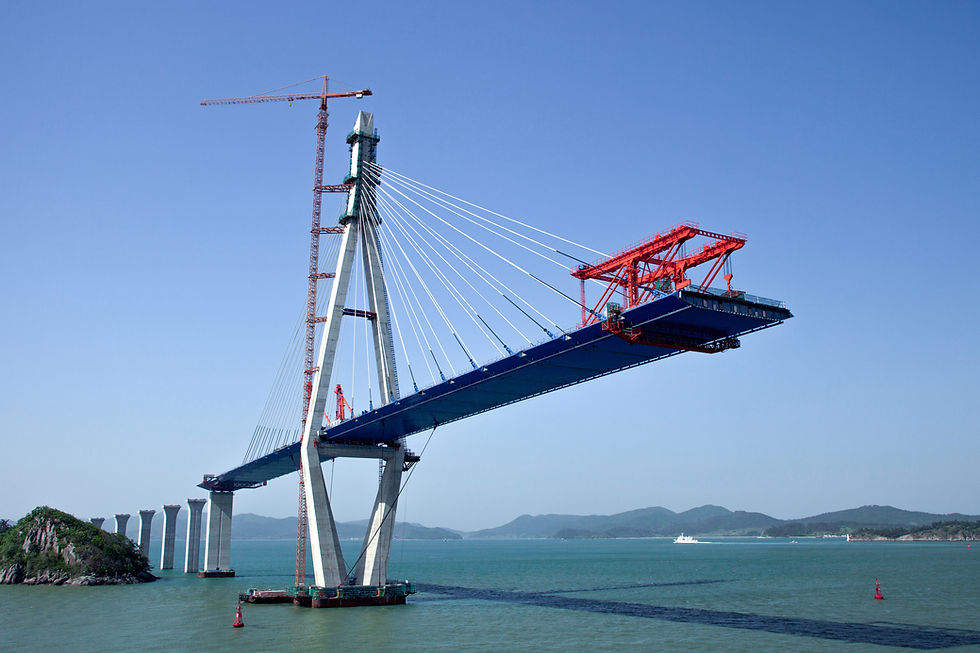The Enemy Within: Why Internal Threats Are Greater Risks to Strategy Than External Ones
- Martin Haley | Normaraties Limited

- Jun 9
- 4 min read
Updated: Jun 12

When contemplating the challenges that can derail a carefully crafted strategy, the mind often leaps to external forces: disruptive technologies, aggressive competitors, economic downturns, or shifts in the market. These are undoubtedly significant, posing visible and often immediate threats. However, insights from research suggest a crucial, often overlooked truth: the most potent threats to a strategy frequently originate not from the outside world, but from within the organisation itself.
Several studies explicitly make this point. "Threats seems to come from outside (technology, competitors) but a greater threat comes from within". This can lead to a "misguided view of competitors". Another study reinforces this, noting that the failure stems from an internal "failure to choose" and that "more threats come from internally than externally", implying that "internal threats are actually worse than outside threats".
These internal dangers are often akin to "silent killers" working below the surface. While poor execution is often blamed for strategies failing, the sources reveal that the strategy design itself can be the real problem, burdened with "fatal flaws which only come to light during implementation". These flaws are frequently rooted in internal dysfunction or limitations.
Here are some of the key internal threats highlighted in the relevant studies:
Leadership Issues: The effectiveness of the senior management team itself is a "silent killer". Leaders must make "hard choices, not necessarily consensus" and "say no where necessary". However, many top teams "hide their differences rather than confront hard trade-offs directly", leading to vague strategies. Leadership can degenerate into merely orchestrating operations rather than focusing on strategy. There can be inadequate down-the-line leadership, skills, and development. Leaders may also fail to understand the organisation's capabilities or the "immovable pressures" of existing operational activities and initiatives competing for time, setting the strategy up for internal failure. Failing to engage staff in honest dialogue about internal barriers and their underlying causes or confronting managers who block the strategy also originates within leadership.
The Design-Delivery Disconnect: A major internal flaw is the separation between those who design the strategy and those responsible for delivering it. Strategy design and delivery are inextricably linked, yet many companies treat them as distinct, sequential processes with little interaction. This lack of linkage means the designers may be unaware of the challenges of implementation, and those delivering the strategy may not understand its rationale or how their roles contribute. This disconnect is a leading barrier to successful implementation.
Lack of Clarity and Understanding: Strategies are often muddled by jargon or are "elegant but vague rather than ugly but specific". If the strategy isn't clearly defined or if its vision and purpose aren't consistently communicated, employees won't understand it and thus cannot help implement it. This lack of understanding leads to disengagement and working at cross-purposes.
Flawed Internal Processes and Systems: Strategy execution fails when organisations do not align ongoing management processes to the strategy. This includes strategic planning, resource allocation, budgeting, reporting, and management meetings being run without integration and linkages guided by strategy. Strategic initiatives, meant to drive change, can also wither away due to a lack of clear ownership, insufficient resources, or lack of accountability within the organisation. Even internal reporting processes can be problematic, with managers occasionally tilting data to look better or important information not reaching headquarters quickly. Knowledge management needs to be aligned internally to share best practices critical for strategy.
Organisational Structure and Culture: Internal "organisational silos and culture" are major blockers of strategy implementation. Poor co-ordination across functions, businesses, or borders hinders execution. Organisations are described as being "very good at resisting change", and strategies that conflict with the existing culture can face resistance and scepticism. The internal structure must follow the strategy, but the implementation is often weak despite this. Furthermore, leaders' own management strategies can be "too bureaucratic and are a nuisance", creating internal barriers.
Resource and Capability Limitations: Strategies can fail due to "inadequate resources", including financial constraints and human resources. Skill gaps or a mismatch of skills to the strategy can undermine execution. The organisation's business systems or processes may simply be unable to support the new idea. Not understanding these internal capabilities or resource constraints during strategy design is a fatal flaw.
Employee Engagement and Alignment: A well-conceived strategy, even if communicated, "does not equal implementation". Low employee involvement and a lack of commitment can be significant internal barriers. Employees need to know "how the new idea applies to their daily work" and how to do their jobs differently. Without aligning employees' goals and incentives to the strategy, motivation for implementation suffers.
In conclusion, while external forces demand vigilant attention, studies strongly indicate that the probability of strategic failure is often higher due to internal factors. A strategy burdened by a disconnect between design and delivery, internal lack of clarity, fragmented processes, cultural resistance, ineffective leadership, resource constraints, or disengaged employees faces significant headwinds regardless of external conditions. Addressing these "silent killers" within the organisation is therefore paramount for successful strategy implementation and achieving desired outcomes.


